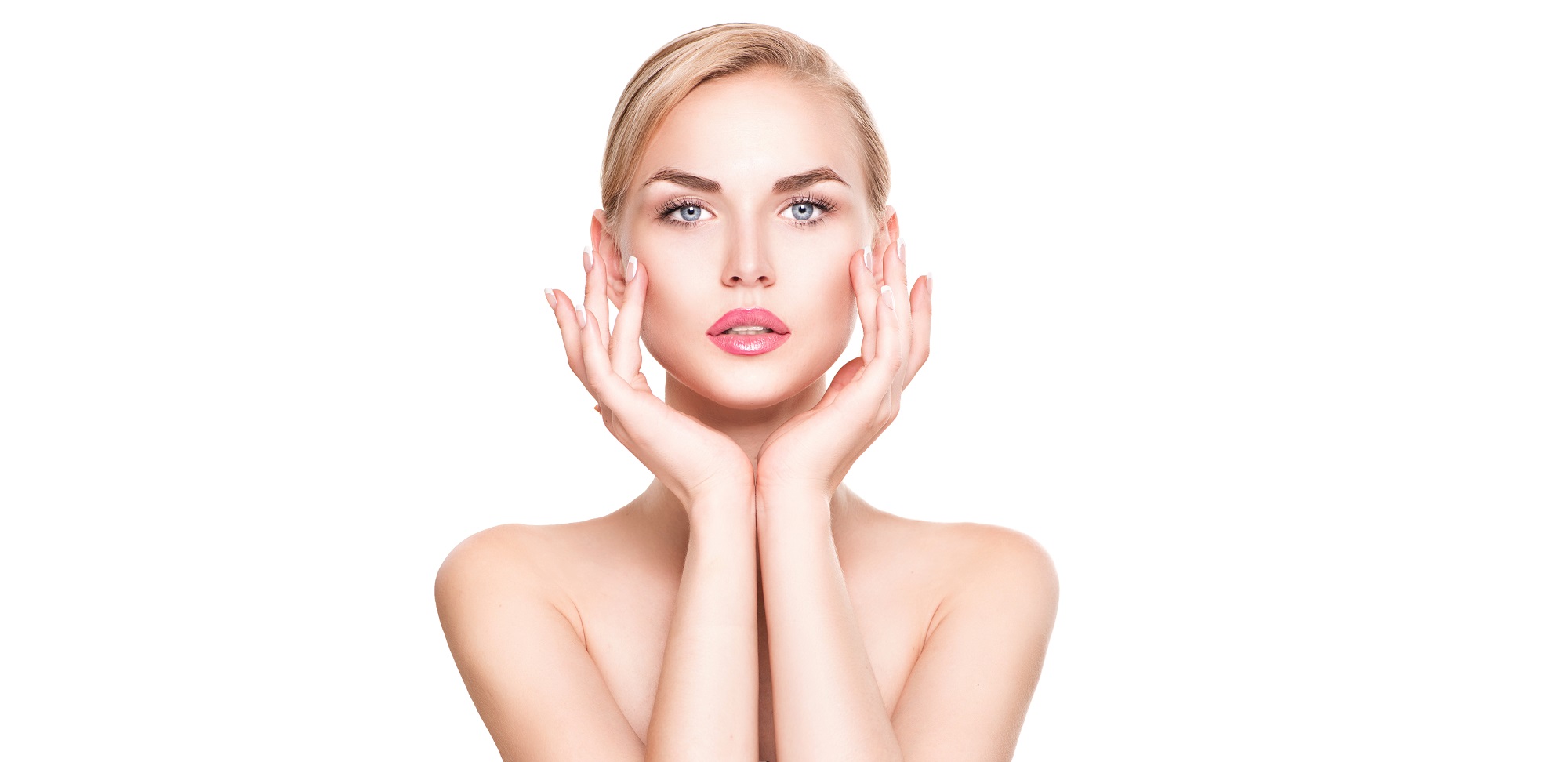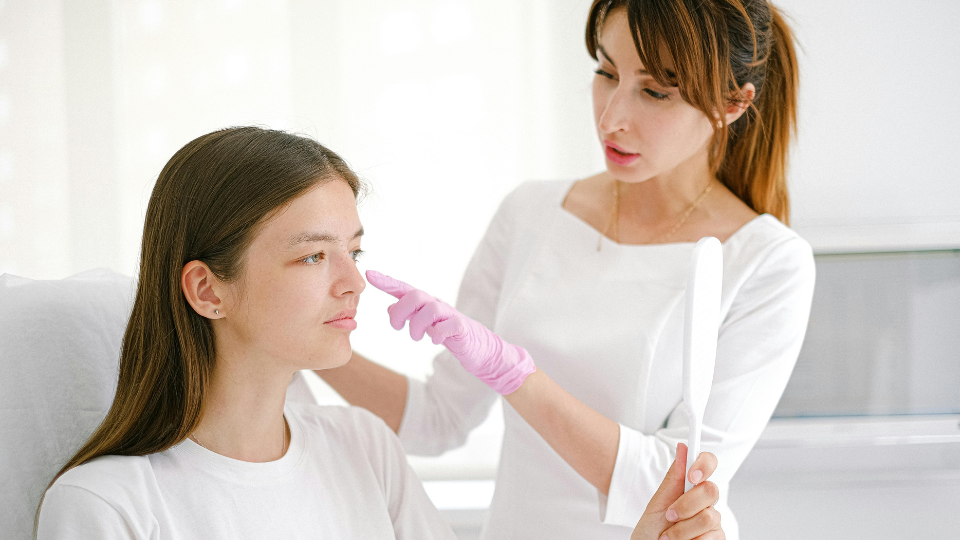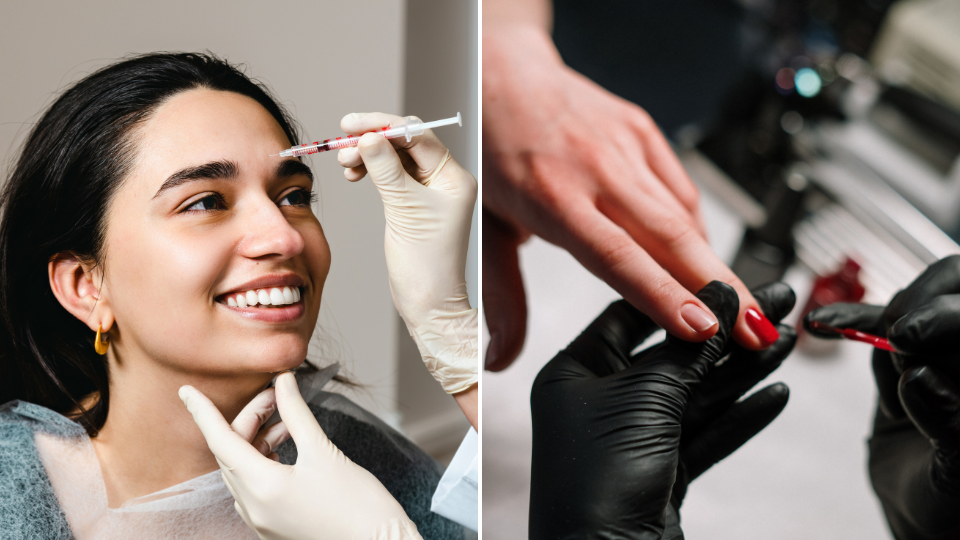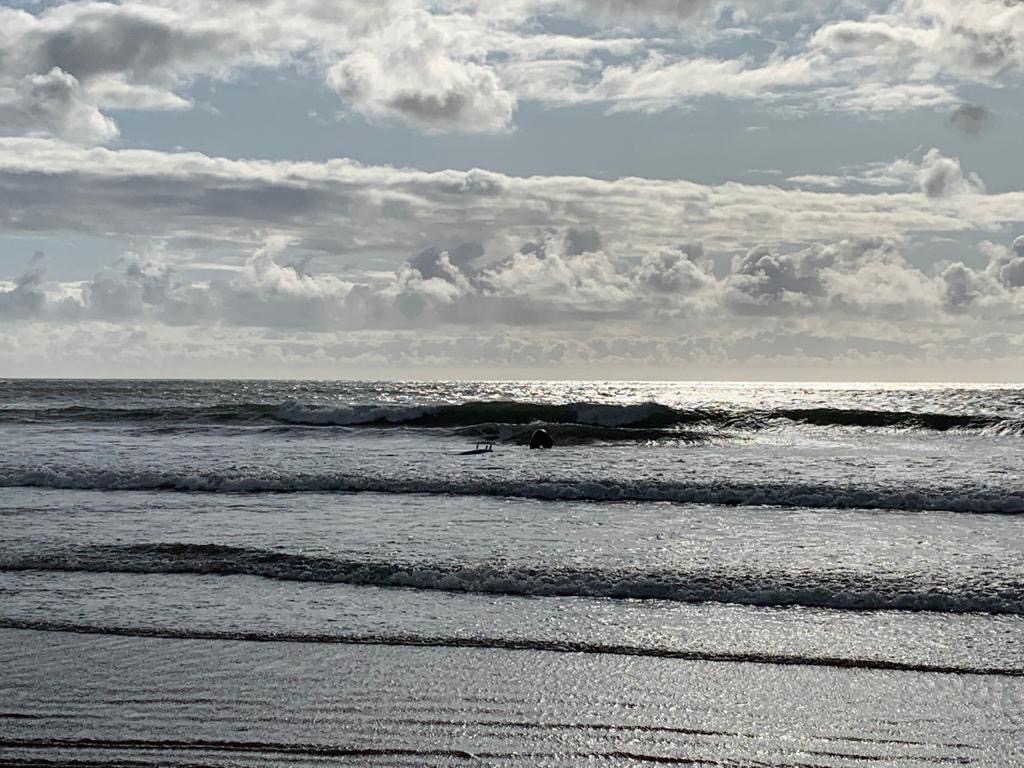Are you washing your face properly?
If you’ve been on the internet this week, you may be aware of the backlash that Kylie Jenner faced after she uploaded a video demonstrating how she washes her face using the cleanser from her new skincare line. In short, people quickly noticed that the star didn't seem to give her skin a thorough enough cleanse to actually remove her makeup, prompting criticism that she probably shouldn't be the face of a skincare line. It has since been pointed out that, due to the time constraints on Snapchat and Instagram videos, Kylie was only able to upload a short video and that her usual cleansing routine would take a lot longer.
All this got us thinking though, how many people out there do actually wash their faces properly every day? Skin care products have seen a huge surge in sales over recent years, with many consumers adding further products to their skin care routines, such as acid toners, serums and masks. However, as skin care expert Caroline Hirons often points out; the first step in your skin care routine should be cleansing, and if you’re not doing that properly, everything else that follows won’t be as effective.
We thought we’d break down a few important points that you may not be aware of when it comes to cleansing your skin.
1. Wipes are not the same as washing your face
After a long day or late night, the thought of standing in front of your sink and washing your face with water doesn’t always appeal, which is why so many of us rely on face wipes to quickly remove our makeup before we climb into bed.
The problem is, however, that wipes really don’t do a very good job of properly getting rid of everything that’s built up on your skin during the day, particularly if you’ve been wearing a full face of makeup and/or SPF. If you’re using a wipe as your sole cleansing method at night, chances are, you’re going to bed with lots of makeup and dirt left on your face, which will ultimately result in breakouts. Not only that, but wipes also contain alcohol and other chemicals, which can be irritating to the skin when used repeatedly.
While they’re great as a quick fix, wipes should be reserved for occasions such as festivals , when you don’t have any other option.
2. Micellar water should be rinsed off
Micellar water, another quick alternative to cleanser and water, has become the makeup removal method of choice for many; a few quick swipes on a cotton pad and you’re ready to go! However, while many people may it see as a gentle cleansing product, it does have “water” in its name after all, micellar water is still formulated to break down oil and dirt on the skin and, as such, shouldn’t be left on the skin. The residue left behind by micellar water can block pores and dry the skin out, especially the sensitive skin around the eyes.
Like wipes, we wouldn’t recommend using micellar waters as your sole cleanser, however, if you are going to, at least rinse your face afterwards to ensure that it’s been removed from your skin properly and isn’t going to cause any breakouts or irritation.
3. Two cleanses are better than one.
If you’re wearing makeup and/or SPF during the day, a double cleanse is best. This essentially means one cleanse to break down your makeup and a second cleanse to actually clean your skin. There are a number of ways to do this, depending on your personal preference and the products you have access to.
Our preferred method of cleansing is to apply a balm or oil cleanser, such as Dermaquest’s Universal Cleansing Oil, to dry skin, taking plenty of time to massage it in and ensure that all your makeup is really broken down. Once you’re done massaging, take a clean face cloth, soak it in warm water, ring it out and then remove the cleanser firmly with the cloth. Repeat these steps again for your second cleanse. You can use the same cleanser twice, however, for a really thorough cleanse, use an oil cleanser for the makeup removal step and then move on to a gentle gel or cream cleanser (Dermaquest's Essential Daily Cleanser is a great one) for the second cleanse.
If you’re an avid user of wipes or micellar water, you don’t have to give them up completely. They can be great as a starting point, especially when it comes to removing heavy or waterproof eye makeup. Simply make them your first cleansing step and then use the cleanser and cloth method described above for your second cleanse. Just be aware that if you’ve been wearing a lot of makeup or SPF, you’ll need to spend plenty of time massaging the product into your skin to make sure you’ve removed every last scrap of grime, before using the warm face cloth to get rid of everything.
If you’ve not been wearing makeup or SPF, a single cleanse should be fine, just make sure you’re still taking the time to massage your cleanser into your skin and remove it thoroughly.
4. Morning cleanse
If you washed your face before you went to bed, it may seem a bit pointless to wash it again first thing in the morning, but during the night, you perspire and shed dead skin cells so it’s a good idea to start your day with one good cleanse to get rid of anything that may still be lingering on your skin. If you shower in the mornings, simply take your facial cleanser into the shower with you (we still recommend removing with a face cloth). If not, just take a few minutes after brushing your teeth to follow the same method as your evening cleanse. The exfoliating action of the face cloth on your skin can help to wake you up and your skin will thank you for it in the long run!
So what do you think? Is there room for improvement in your current cleansing routine? It may seem like a bit more work than a quick once over with a face wipe, but why not try the methods laid out above for a couple of weeks and see what difference it makes to your skin? We’d love to hear how you get on!
(Please note, Dermaquest products are available to purchase from Woodlands)




